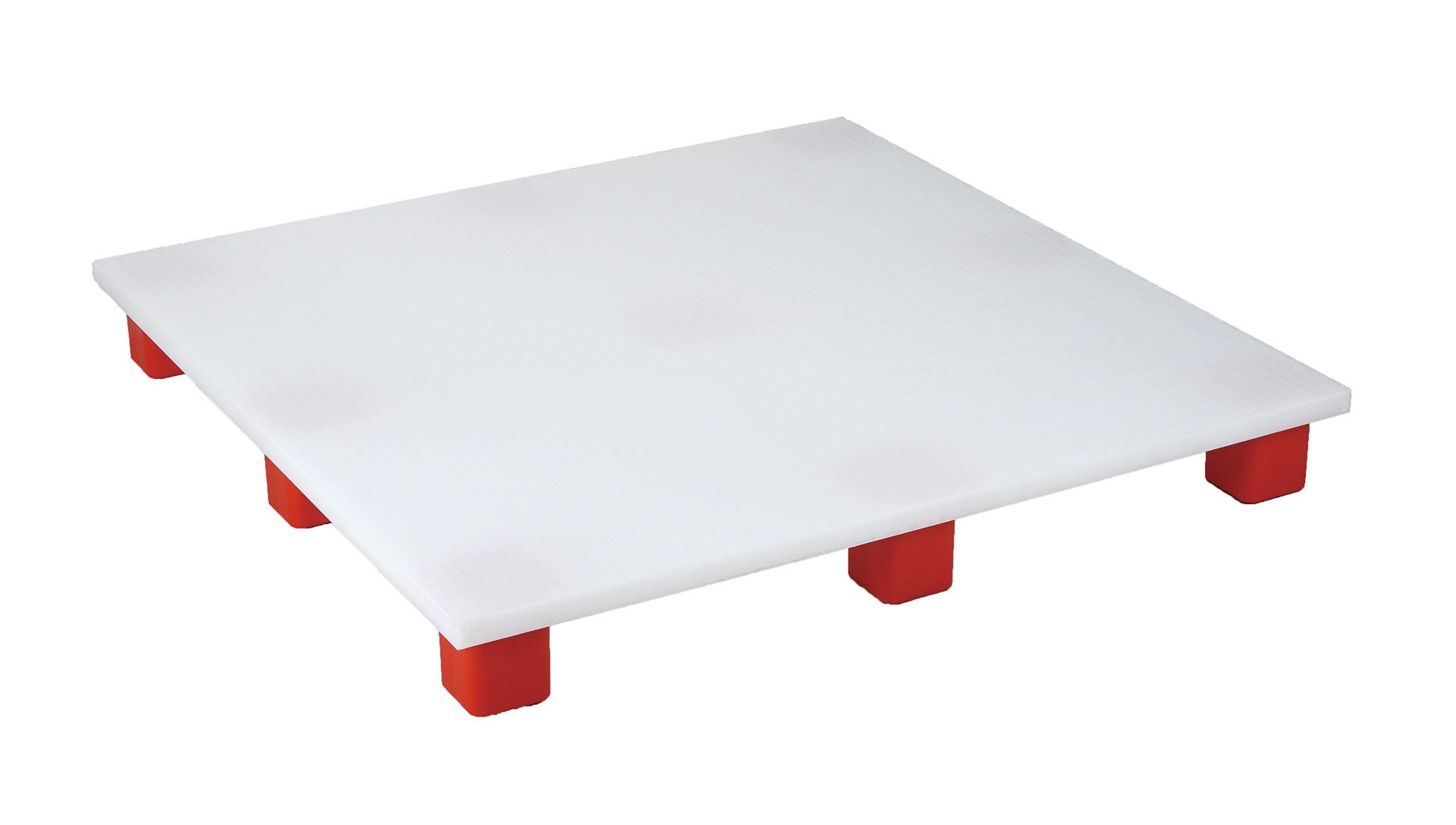Streamlining Warehouse Operations
페이지 정보

본문
Optimizing warehouse shipping and receiving operations is vital for businesses that rely heavily on logistics and supply chain management. A well-planned and executed shipping and receiving process can make all the difference in maintaining business success and cost savings.
Why is it essential to optimize Warehouse Shipping and Receiving operations:
1. Lower Expenses on staff costs, transportation, and equipment expenses.
2. Increased Productivity through efficient shipping and receiving operations, enable warehouse staff to focus on other essential duties.
3. Enhanced Customer Service through fast and reliable order fulfillment and shipping, which can improve customer retention and loyalty.
4. Minimizing Stock discrepancies through an optimized warehouse shipping and receiving system, ensuring a steady supply of products.
Strategies to Optimize Warehouse Shipping and Receiving Operations:
1. Warehouse Layout and Organization:
A well-planned warehouse layout and organization are crucial for efficient picking, packing, shipping and receiving processes. Consider setting up the warehouse with the following principles:
a. Zone organization: Separate items into distinct zones for efficient location and retrieval.
b. Color-coded signages and sorting systems: Provide easy-to-follow directions for staff and facilitate fast and accurate sorting.
2. Technology Integration:
Implementing warehouse management systems (WMS), transportation management systems (TMS), and other digital solutions can automate the shipping and receiving process.
Integrating these technologies into your existing infrastructure can:
a. Automate data collection and tracking: Improve the accuracy of inventory levels and item location.
b. Optimize Warehouse Operations: Analyze and improve warehouse workflows to decrease lead times.
c. Real-time Tracking: Ensure visibility across the supply chain by receiving data on orders, shipments, and プラスチックパレット shipments status in real-time.
3. Standard Operating Procedures (SOPs):
Develop, document, and maintain current standard operating procedures that outline best practices for shipping and receiving.
This can help staff follow established policies and ensure accountability.
4. Employee Training:
Train staff on using new technologies to minimize disruptions and ensure they understand company principles.
This can greatly reduce mishaps and improve efficiency of tasks.
 5. Continuous Improvement:
5. Continuous Improvement:
Regularly evaluate shipping and receiving performance and make adjustments to the process as needed to stay effective.
Solicit feedback from staff, suppliers, and customers to identify areas for development.
Why is it essential to optimize Warehouse Shipping and Receiving operations:
1. Lower Expenses on staff costs, transportation, and equipment expenses.
2. Increased Productivity through efficient shipping and receiving operations, enable warehouse staff to focus on other essential duties.
3. Enhanced Customer Service through fast and reliable order fulfillment and shipping, which can improve customer retention and loyalty.
4. Minimizing Stock discrepancies through an optimized warehouse shipping and receiving system, ensuring a steady supply of products.
Strategies to Optimize Warehouse Shipping and Receiving Operations:
1. Warehouse Layout and Organization:
A well-planned warehouse layout and organization are crucial for efficient picking, packing, shipping and receiving processes. Consider setting up the warehouse with the following principles:
a. Zone organization: Separate items into distinct zones for efficient location and retrieval.
b. Color-coded signages and sorting systems: Provide easy-to-follow directions for staff and facilitate fast and accurate sorting.
2. Technology Integration:
Implementing warehouse management systems (WMS), transportation management systems (TMS), and other digital solutions can automate the shipping and receiving process.
Integrating these technologies into your existing infrastructure can:
a. Automate data collection and tracking: Improve the accuracy of inventory levels and item location.
b. Optimize Warehouse Operations: Analyze and improve warehouse workflows to decrease lead times.
c. Real-time Tracking: Ensure visibility across the supply chain by receiving data on orders, shipments, and プラスチックパレット shipments status in real-time.
3. Standard Operating Procedures (SOPs):
Develop, document, and maintain current standard operating procedures that outline best practices for shipping and receiving.
This can help staff follow established policies and ensure accountability.
4. Employee Training:
Train staff on using new technologies to minimize disruptions and ensure they understand company principles.
This can greatly reduce mishaps and improve efficiency of tasks.
 5. Continuous Improvement:
5. Continuous Improvement:Regularly evaluate shipping and receiving performance and make adjustments to the process as needed to stay effective.
Solicit feedback from staff, suppliers, and customers to identify areas for development.
- 이전글문화의 조화: 다양한 가치의 공존 25.04.14
- 다음글문화의 조화: 다양한 가치의 공존 25.04.14
댓글목록
등록된 댓글이 없습니다.